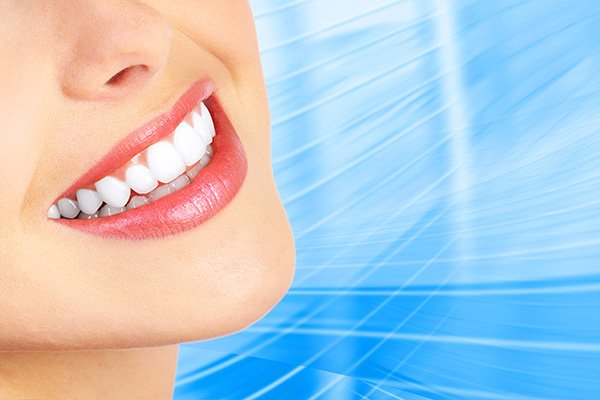Everyone wants that perfect set of sparkling white teeth that indicate good dental health and a level of self-care that is attractive. Several illnesses and poor lifestyle practices, though, can hinder your teeth’s appearance. Here’s what you can do if your teeth are not up to par in that department, including natural ways to increase your teeth’s shine.
Use Hydrogen Peroxide
Hydrogen peroxide is a natural bleaching agent that also eliminates harmful bacteria, a leading cause of tooth discoloration. There are a couple different ways you can use hydrogen peroxide for teeth whitening. The first is to mix it with equal parts water and use the mixture as a mouthwash, swishing it in your mouth for about one minute. The second is to make a paste using the hydrogen peroxide and baking soda. Use this to brush your teeth, and make sure to fully rinse your teeth when you’re done.
However, a note of caution: only use hydrogen peroxide in concentrations of 1.5 to 3 percent—anything higher may cause unwanted side effects. Most commercially available over-the-counter hydrogen peroxide solutions fall within this range, but make sure to double-check before use.
Eat Fruits and Veggies
In addition to the other health benefits of including plenty of fresh fruits and veggies in your daily regimen, chewing on these plant materials can massage out stains from the teeth. Two of the most popular fruits for teeth-whitening purposes are pineapple and strawberry. The acids in these fruits help reduce and prevent plaque buildup.
Try Oil Pulling
The ancient practice of oil pulling dates back to the BC era in India. Essentially, for dental purposes, you swish natural oils around the mouth. The effect is to eliminate harmful bacteria and other pathogens that may cause yellowing of the teeth.
Oil pulling on a daily basis can eliminate or reduce gingivitis and plaque. Many people opt for coconut oil due to its enjoyable taste and its numerous health benefits. Among other things, coconut oil can help reduce inflammation, one of the primary culprits in chronic disease.
Brush With Baking Soda
While baking soda was briefly discussed above, it’s also useful to use on its own. Brushing with baking soda has two main benefits in terms of whitening teeth. The first is that baking soda neutralizes bacteria and other pathogens that discolor teeth and cause dental disease. The second is that baking soda fosters alkalinity (the opposite of acidity) in the mouth, which is inhospitable to bacterial growth. In fact, baking soda is so successful as a whitening agent that many commercial toothpaste manufacturers include it in their formulas.
Eliminate Stain-Causing Foods and Drinks
Cutting out or reducing your consumption of foods and drinks that cause tooth discoloration can keep your teeth shining. Examples of these include soda, dark berries, red wine, and coffee. Note that you don’t necessarily need to cut these out completely (the last three on the list have health benefits), but brushing after consumption is always a good idea.
Remember Preventative Dental Care
The best way to keep your teeth as healthy and bright as possible is to remember to do preventative dental care. This covers a range of habits. For example, you know you should be brushing your teeth twice a day and flossing your teeth daily. Regularly using mouthwash is also a good practice for cleaning areas of the mouth that might be difficult to reach with a toothbrush or floss. Additionally, you need to be working with your dentist on creating a good dental health plan. They’ll be able to diagnose your teeth’s specific needs and work with you to keep your mouth as healthy as possible.
Your smile should be as bright and beautiful as you are. These tips can help you whiten your teeth and prevent future staining.

